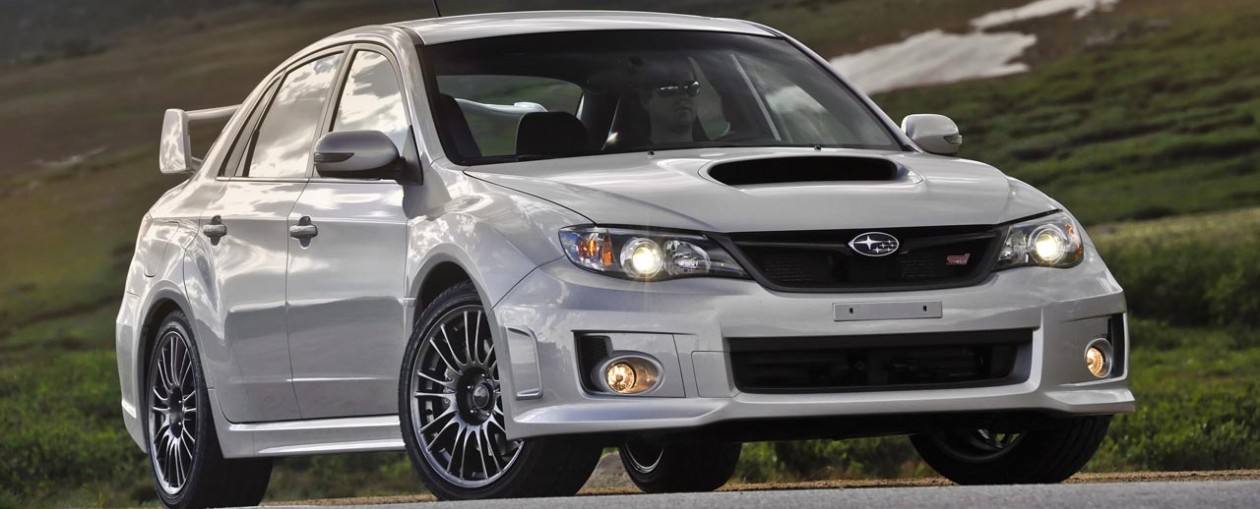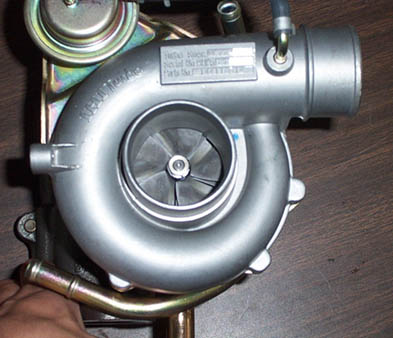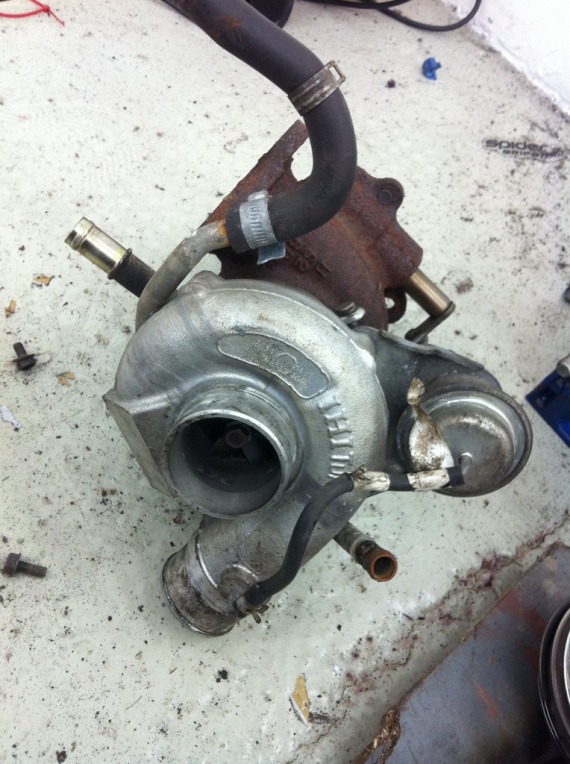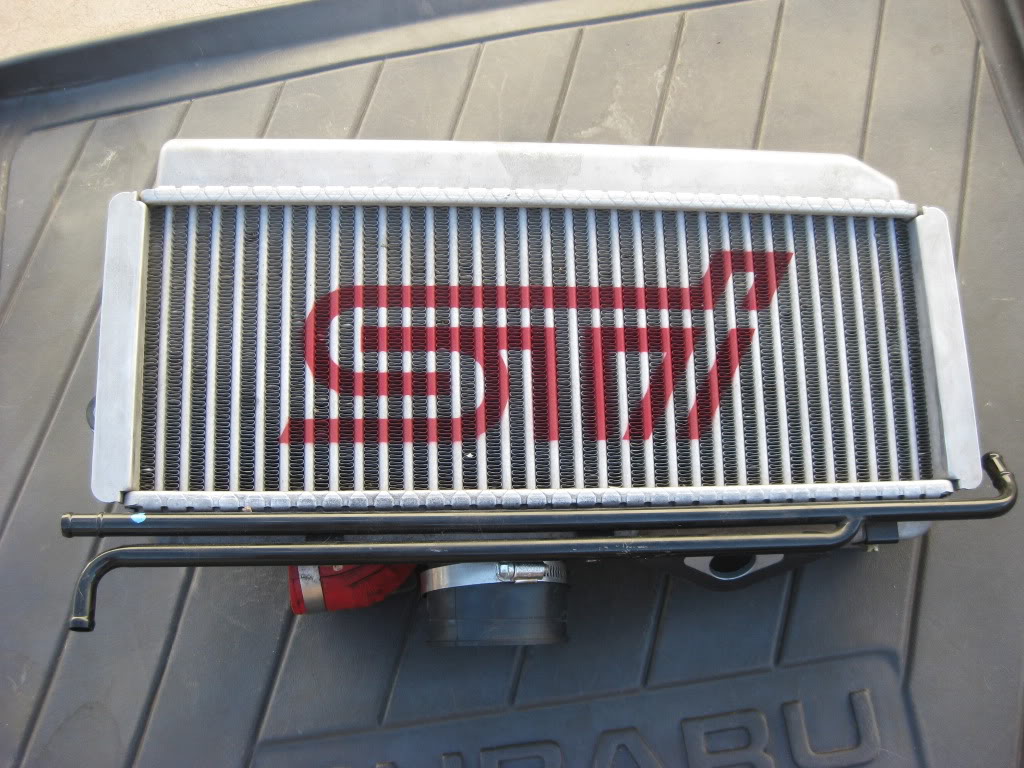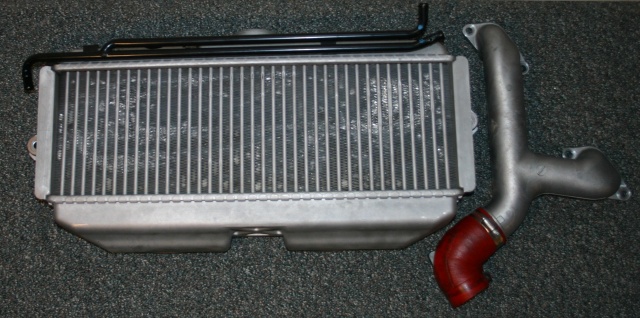Common Terms:
Boost threshold- the lowest RPM at which a turbo will generate positive manifold pressure at maximum engine load.
Turbo lag- the time between hitting the throttle and the turbo providing full boost.
Recommended Reading:
Maximum Boost by Corky Bell is considered by many to be THE publication for turbocharger information.
What is the best turbo? There is no best turbo. Generally speaking, aftermarket turbos fall into these generic categories:
a. Turbos with a little more top end power
b. Turbos with a lot more top end power
c. Quicker spooling turbos
What do all the names and numbers of turbos mean?This link sorts many of them out nicely.
What supporting upgrades are required for aftermarket turbos? At a minimum, aftermarket turbos require a fuel pump, injectors, and engine management for safe operation.
What is my stock turbo?
2002-2008 WRX TD04-13T
2004-2005 STI VF-39
2006-2007 STI VF-43
2008 STI VF-48
Is there a turbo upgrade that does not require other upgrades? Yes. A ported and polished (P&P) stock turbo is an easy upgrade over the stock unit. Though there are many turbos that may be used for short periods of time with a boost controller, it is generally unwise to bolt on an aftermarket turbo with a boost controller.
What is the best turbo with a little more top end? The most widely used turbos meeting this criteria are the VF30/VF34 and the 16G.
What is the best turbo with a lot more top end? The most widely used turbos meeting this criteria are the VF22, 18G, 20G, FP Green and it’s clones.
What is the best turbo with quicker spool? The most widely used turbo meeting this criteria is a P&P stock turbo.
What makes a good autocross type event turbo? The big thing to look for in a good performer for autocross use would be quick spool and more than stock flow. The TD04, TD05-16G, VF34, VF22, VF39, 16G, and 18G can all be considered good autocross turbos, but their particular suitability depends on the type of events where the car is generally run.
During the consultation with your Vendor, discuss in depth the course length, speeds seen, gears used, and other local venue particulars to assist in determining what best suits your needs. A word of caution….before modifying or changing your turbo, be aware that this will have an effect on what class your vehicle can legally run.
